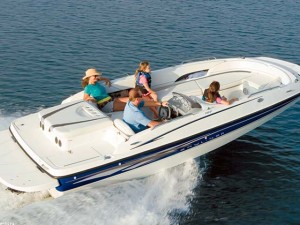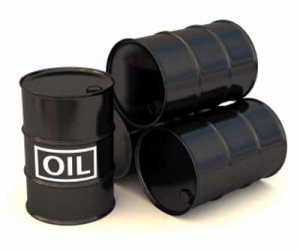Used Outboard Motors: Good Idea?
 When I shop for cars, I prefer to purchase slightly used or “pre-owned” vehicles. A new car loses its value as soon as you drive it off the lot. In my mind, there are only two reasons to purchase new: 1) if you are trying to build credit or 2) there are no quality used vehicles to be found. A friend of mine recently queried me as to whether I would buy a used outboard motor.
When I shop for cars, I prefer to purchase slightly used or “pre-owned” vehicles. A new car loses its value as soon as you drive it off the lot. In my mind, there are only two reasons to purchase new: 1) if you are trying to build credit or 2) there are no quality used vehicles to be found. A friend of mine recently queried me as to whether I would buy a used outboard motor.
This one made me pause for a bit. Truth be told, I have always bought my outboard motors brand new. After considering his question, I concluded that yes, if the motor were in excellent condition, I would not be opposed to purchasing a used outboard. Of course, I would be sure to inspect the motor carefully, clean it, and fill it up with Yamaha outboard oil to ensure a long lifespan.












